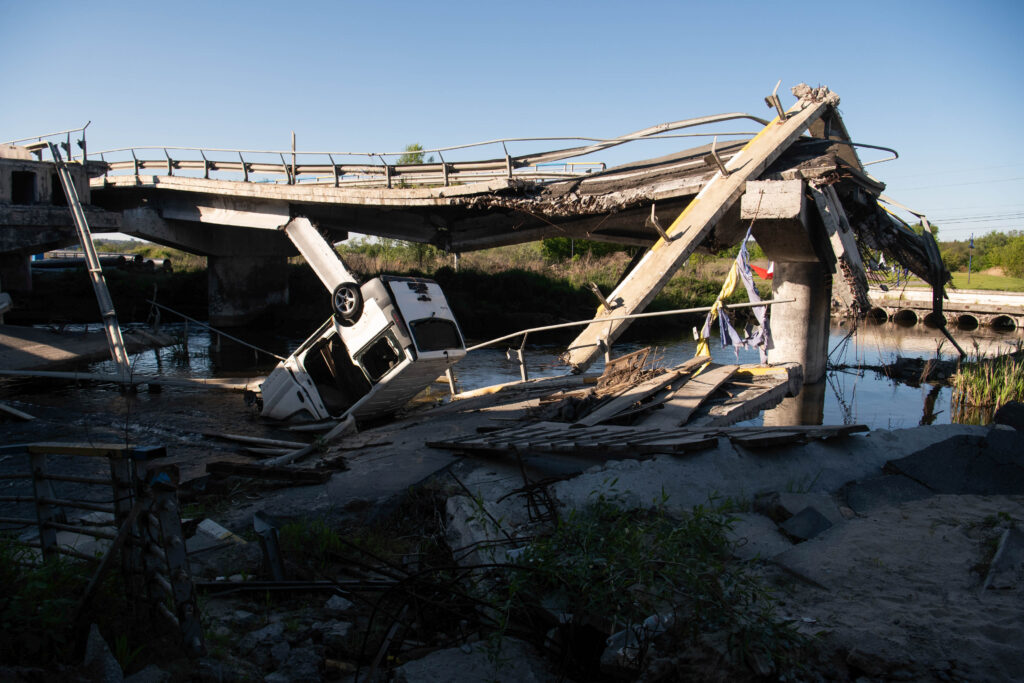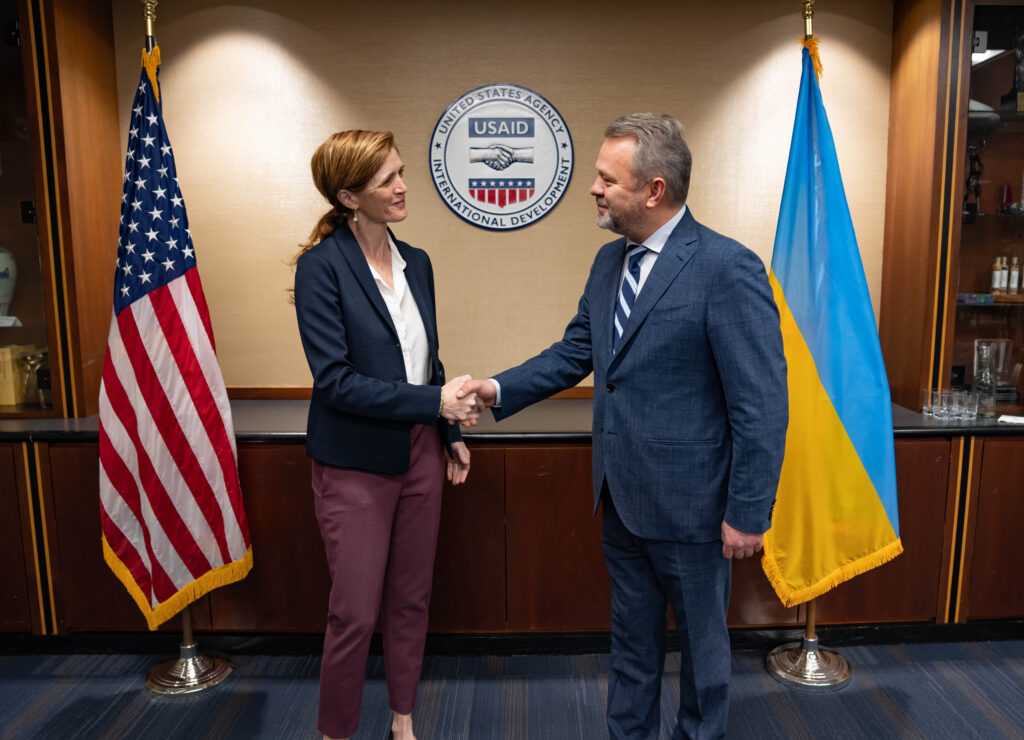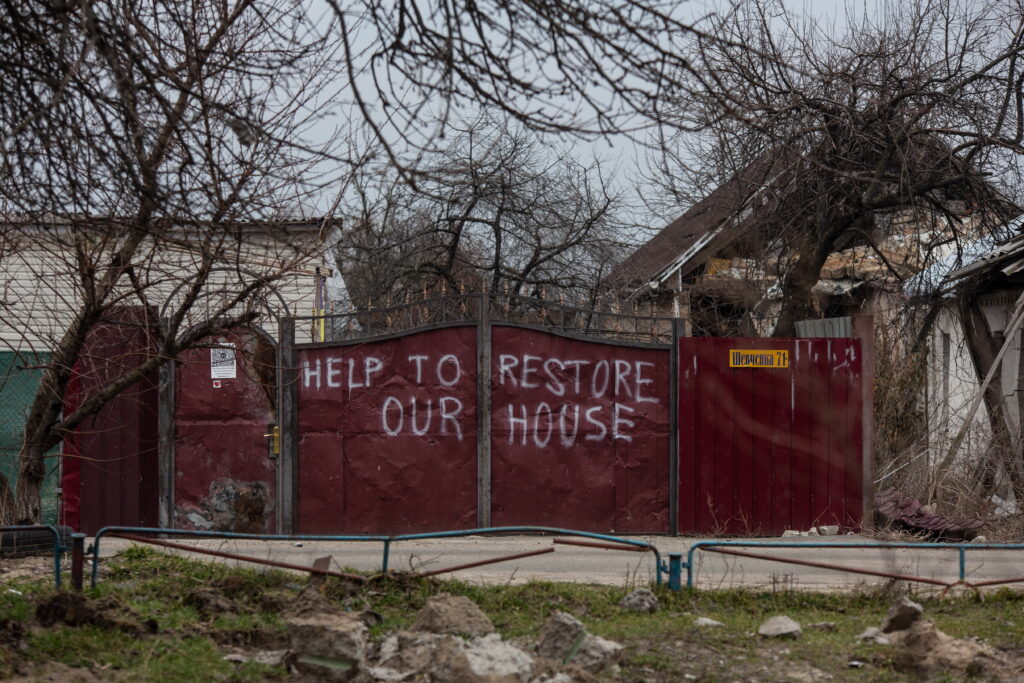Agriculture is vital to Ukraine’s identity and economy, with the country long known as the ‘Breadbasket of Europe’. As one of the world’s top agricultural producers and exporters, its agricultural products accounted for 41% of its total exports in 2021. Its arable land is about a third of the total arable land in the EU, and its agriculture, fishing and forestry constituted 10.9% of its GDP in 2021. Ukrainian products represent a major share of the global agricultural markets with a substantial portion of wheat, maize, rapeseed, and sunflower products coming from Ukraine. Additionally, some of the most politically and economically vulnerable countries around the world depend on Ukrainian agricultural products.

The value that agriculture, forestry, and fishing have contributed to the Ukrainian economy as a percent of GDP (Source: World Bank)
Impact of the Russian Invasion
The Russian invasion, however, has threatened this identity and the economy it is built on. According to the European Parliament, Ukraine’s agriculture industry has suffered an estimated loss of USD 80 billion. The Centre for Strategic and International Studies notes that, consequently, Ukraine’s GDP contracted by more than 29% in 2022 relative to 2021, and the value added by agriculture to its GDP reduced by 39% in 2022 compared to 2021. Ukraine and its allies have already begun bolstering Ukraine’s agricultural capacity and resilience with a view toward post-war recovery and reconstruction. 2023?
The Russian invasion has also led to the destruction of farm equipment and infrastructure, raising operational costs for the Ukrainian agricultural sector. Ukrainian port facilities, which are crucial to agricultural trade, are under constant threat of bombardment. Mined agricultural fields are also a concern, hindering farmers from accessing and utilising their farmland. Ukraine’s Ministry of Economy estimates that over a third of the country contains landmines or other unexploded ordnance and about 6.5 million acres of farmland have been affected by the invasion. It is estimated that around 8 million hectares of Ukrainian farmland is under Russian occupation.

Ukraine’s Dilemma
Ukraine’s diverse agricultural sector is dominated by two types of producers. Firstly, large-scale agribusiness firms grow oilseeds and grain for export. Second, family-based agricultural farms create products for personal consumption and sale in domestic markets. There are considerable tensions between the two producers, which have been exacerbated by the Russian invasion. Government policies generally benefit the large agribusiness firms, leading to small-family run farms feeling neglected by the state. Smaller-scale farmers also struggle to access financing aid as banks were unwilling to lend to them due to the heightened risk. Recovery efforts – which are crucial if Ukraine is to join the EU – require prioritising large-scale export-oriented firms or reorienting policies towards family-based farms that are more resilient in crises.
Ukraine’s land reform initiative is a notable example of how recovery efforts aimed at helping a section of the agricultural sector could be unpopular with others. Ukraine decided to open up its agricultural sector in 2021, easing up restrictions on the sale of agricultural land. Critics have argued for suspending the initiative’s liberalisation until the end of martial law due to the large extent of displacement, the occupation of territories and the population’s weak financial health. Additionally, the initiative – like most standing Ukrainian policies on food insecurity – is positioned to benefit agribusiness firms rather than family-run farms.
Another example of an initiative aimed primarily at the agribusiness sector is the effort undertaken by the International Finance Corporation (IFC), the European Bank for Reconstruction and Development (EBRD) and the U.S. International Development Finance Corporation (DFC) to finance prominent Ukrainian agribusiness group MHP. A leading producer of poultry and agricultural goods, MHP will receive USD 480 million to help it mitigate the effects of the Russian invasion and improve food security.

There are also initiatives aimed at helping smaller-scale Ukrainian farms. The U.S. Agency for International Development (USAID) launched the Agriculture Resilience Initiative – Ukraine (AGRI-Ukraine) to help increase Ukrainian agricultural imports. This initiative aims to help farmers secure needed materials, provide logistics support and improve their access to financing. The EU and World Bank along with the Ukrainian government also launched the Partial Credit Guarantee Fund in Agriculture (PCGF) to help support farmers who cultivate land up to 500 hectares. This project is aimed at helping small farmers access financing through partial credit guarantees. It is a crucial component of the second stage of the Ukrainian land reform initiative and aligns with the EU’s Common Agricultural Policy, preparing Ukraine for its accession to the EU . Moreover, USAID recently launched the USAID Harvest program, which is expected to support micro, small and medium grain and oil producers to expand their market, aiming to increase agricultural exports by USD 1.5 billion. Finally, the EU and the Food and Agriculture Organisation of the United Nations (FAO) joined together to contribute USD 15.5 million to help reinforce and strengthen Ukrainian value chains in agriculture, fisheries and forestry, and to help them adapt to wartime conditions .
Outlook
As long as the Russian invasion is underway in Ukraine, the agricultural sector is bound to suffer. Coupled with the loss of thousands of lives – the agriculture sector provided employment for 14% of Ukraine’s population – the invasion has also served to systematically attack the livelihoods of the survivors. However, recovery and restoration efforts have the potential to undo not just the damage caused by the Russian invasion, but also to develop a more resilient, diversified and self-sufficient agricultural sector.

Before the war, 98% of Ukrainian agricultural products were exported via the Black Sea. Restoration efforts would need to focus on improving critical infrastructure such as roadways, railways, and inland waterways for the transport of agricultural outputs. Ukraine’s rail gauges and rail cars are bigger than their EU counterparts, which raises operational costs. Furthermore, agricultural terminals need to be built near Ukraine’s borders with its European neighbours, enabling easier trade and deterring Russia from attacking in fear of accidentally striking across the border.
The Ukrainian land reform initiative must also focus on increasing greater transparency in the agricultural market with a view toward bolstering investment. Greater liberalisation could, in the future, allow foreigners to purchase and cultivate farmland. This would allow Ukraine to be better integrated into the world’s economic order. It could also help with security efforts as foreign investors could pressure their governments to increase their support for Ukraine.
Implications for Governments
- The ongoing Russian invasion of Ukraine remains the foremost concern for the Ukrainian agricultural sector. Allied governments and organisations should help Ukraine resolve its security situation if they are to help Ukraine’s agricultural sector.
- Ukraine could expect some European governments to react negatively to increased Ukrainian agricultural trade as it might depress local prices.
- European governments that could expect to see increased numbers of Ukrainian agricultural products passing over their borders could seize the initiative by expanding their infrastructure to accommodate greater quantities of agricultural products.
- Ukraine could benefit by accelerating the configuration of its agricultural infrastructure and policies to EU standards. This would better facilitate trade and reduce operational costs.
- Ukraine should sustain and build upon its partnerships with aid agencies and allied countries in order to enable greater support for the restoration and recovery of its agricultural sector.
Implication for Firms
- Ukrainian firms could forge cooperative links with smaller family-run farms. This would enable them to benefit from initiatives that target both agribusiness firms and smaller-scale farms.
- Land liberalisation could yield opportunities for both agribusiness firms and smaller farms.
- Agribusinesses could invest in developing diversified supply chains. This would help them become more resilient and self-sufficient during crises.
- Greater political advocacy and engagement are recommended for Ukrainian firms and small farmers alike to ensure that agricultural policies are equitable and lead to a stable business environment.
1Foreign Agricultural Service, ‘Ukraine Agricultural Production and Trade’.
2 World Bank Group, ‘Agriculture, Forestry, and Fishing, Value Added (% of GDP) – Ukraine’.
3 Vitalii Dankevych, ‘The Road to Restoration: Post-War Recovery of the Ukrainian Agricultural Sector – Food Tank’.
4 Noah Berman and Mariel Ferragamo, ‘How Ukraine Overcame Russia’s Grain Blockade’.
5 Welsh and Glauber, ‘Food as the “Silent Weapon”’.
6 Reyna Yang, ‘Improving Food Security in Ukraine Through Demining’.
7 Hanna Hopko, ‘Bombing Europe’s Breadbasket: Russia Targets Ukrainian Farmers – Ukraine | ReliefWeb’.
8Mamonova, ‘9 Key Points on Ukrainian Agriculture in Wartime – Resilience, Reforms, & Markets’; Natalia Mamonova, Olena Borodina, and Brian Kuns, ‘Ukrainian Agriculture in Wartime – Resilience, Reforms, and Markets’.
9 Mamonova, ‘9 Key Points on Ukrainian Agriculture in Wartime – Resilience, Reforms, & Markets’.
10 DFC, ‘IFC, EBRD, DFC Help Bolster Ukrainian Agribusiness Sector, Strengthen Global Food Security | DFC’.
11 USAID, ‘Fact Sheet’.
12 World Bank Group, ‘European Union and World Bank Support Ukraine’s Small Farmers via a Stronger Partial Credit Guarantee Fund in Agriculture (PCGF)’.
13 Lysiuk, ‘USAID Is Investing $250M in the Ukrainian Agricultural Sector, Which Will Increase Exports by $1.5B and Attract $500M in Private Investment.’; ECONOMICHNA PRAVDA, ‘USAID Allocates over US$250 Million to Support Ukrainian Farmers’.
14 Viktoriia Mykhalchuk, ‘Ukraine’.
15 Welsh and Dodd, ‘Rebuilding Ukraine’s Agriculture Sector’.
16 Mihaly, ‘Ukrainian Grain’.

